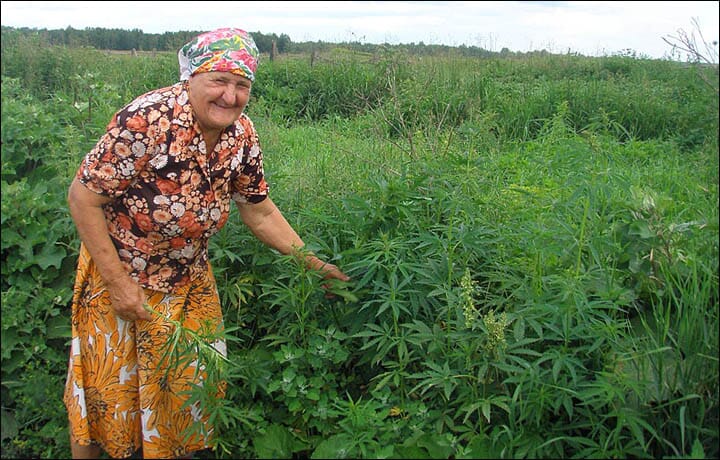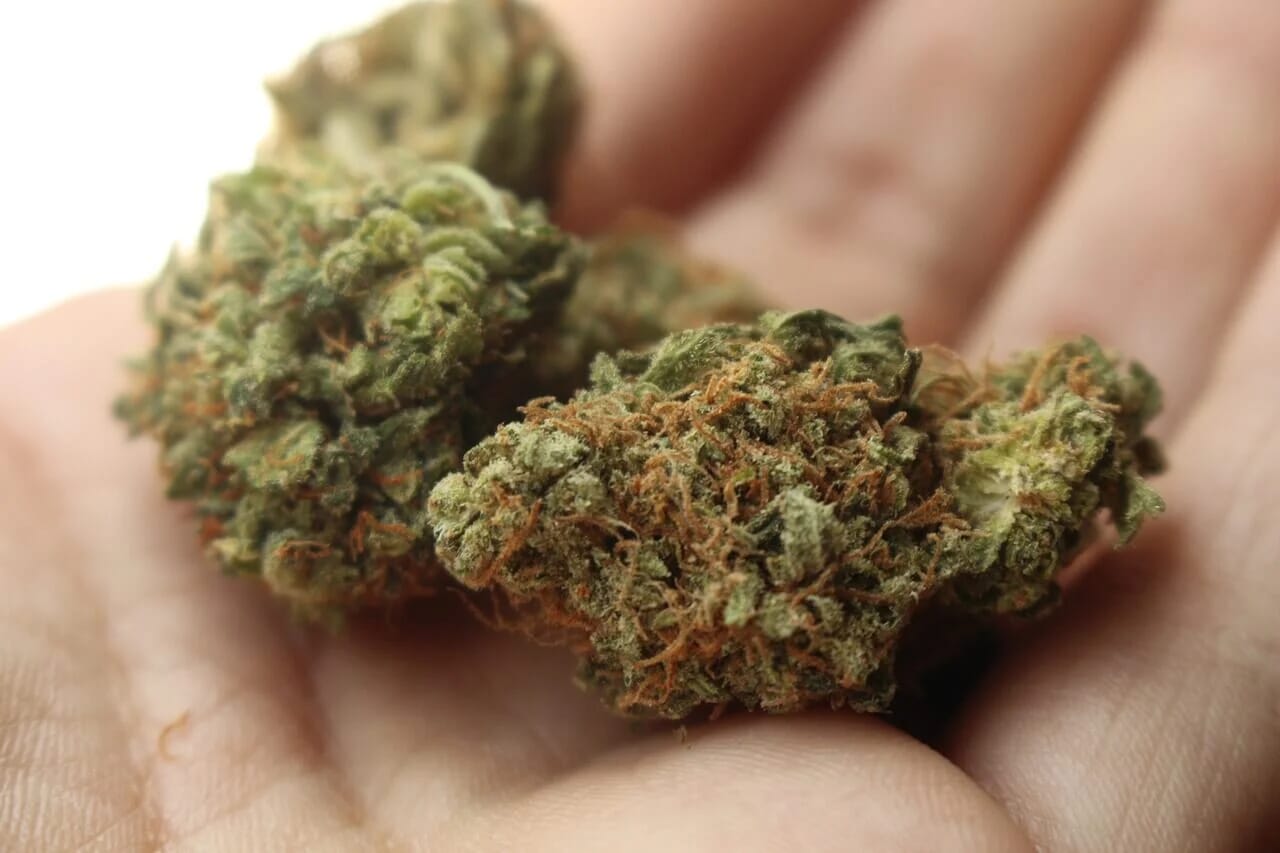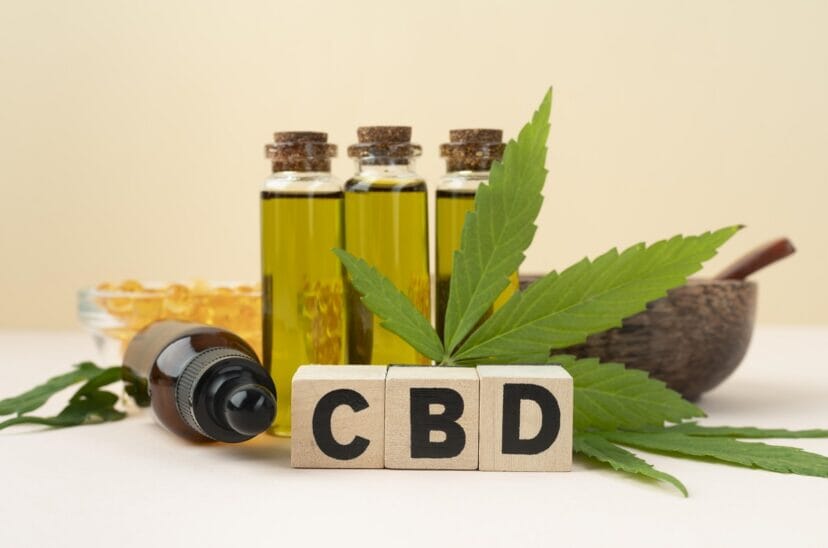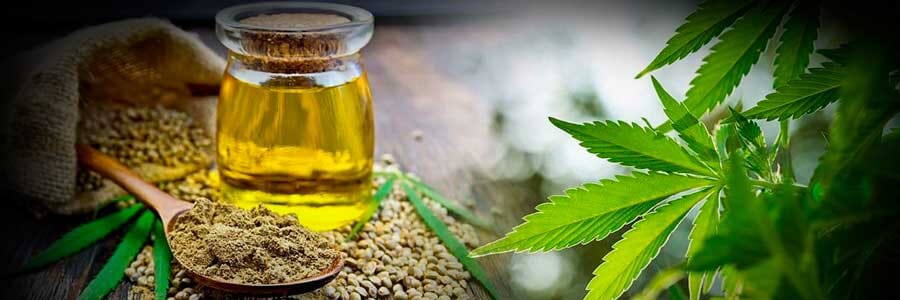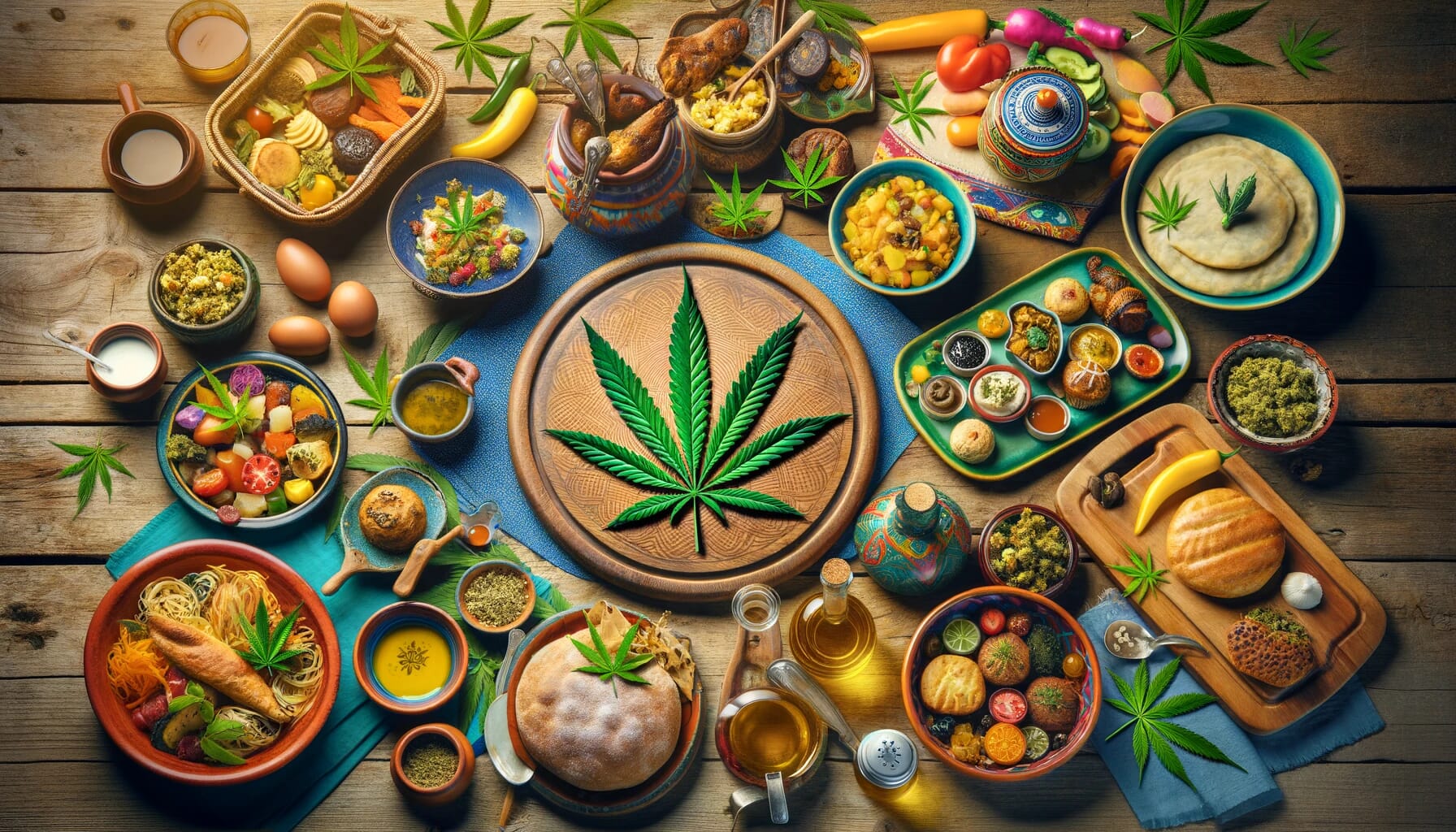
By: Juan Sebastián Chaves Gil
It’s nearly impossible to become famous for cultivating cannabis. With the notable exception of certain cultivation contests and Cannabis Cups, there’s currently little public recognition for those who grow the finest marijuana strains in the world—a regrettable reality largely stemming from the enforced anonymity imposed by prohibition.
Whether you’re visiting a cannabis club or purchasing from an underground dealer, you’re much more likely to know the type of strain than who put the seeds in the ground or tended to the cultivation until maturity. Similarly, you’ll likely know if the apple you’re about to eat is a Golden Delicious or a Fuji, but you probably won’t know who cultivated it.
The difference between growing truly good cannabis and growing award-winning marijuana is a dedication of time and attention to detail that is very rarely adequately rewarded. Though it should be. Cannabis consumers are too obsessed with strains and don’t think enough about the growers. But will it always be this way? Perhaps not.
Consider wine, where we typically get details: the grape variety and the winemaker. Those primarily buying based on price will seek out a cheap Merlot or Chardonnay or simply choose “red” or “white,” regardless of where or how the grapes were cultivated and processed. Whereas, those basing their decision on quality or value will consider both the variety and the vineyard. That’s why two different bottles containing 750 ml of wine made from the same grape type in the same year and with nearly identical alcohol content can sell for anywhere between $2 and $250 or more.
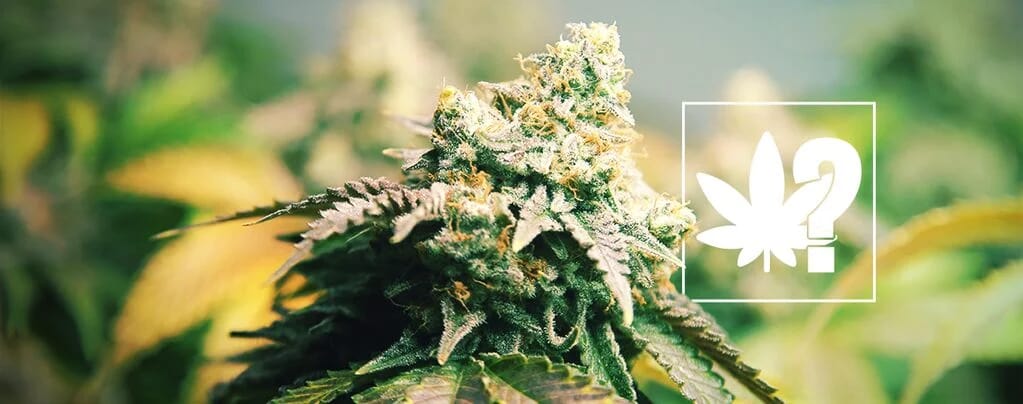

THE INVENTOR OF SINSEMILLA
The term “sinsemilla” refers to a process whereby growers remove all male plants as early as possible, leaving only female plants to mature fully. This serves two functions: firstly, only female cannabis flowers produce resin rich enough in THC, and secondly, they stop producing resin as soon as they’re pollinated by a male plant. Thus, removing male plants means more space for the prized females, and those females won’t be pollinated so they can produce as much resin as possible without producing seeds.
Folklore attributes this revolutionary advancement to an unknown cultivator working in the vast sativa fields of Mexico, while others claim some hermit in Humboldt County, USA, developed the technique. But leading cannabis researcher and journalist Fred Gardner says both theories overlook compelling evidence that “sinsemilla” cultivation is much older than that.
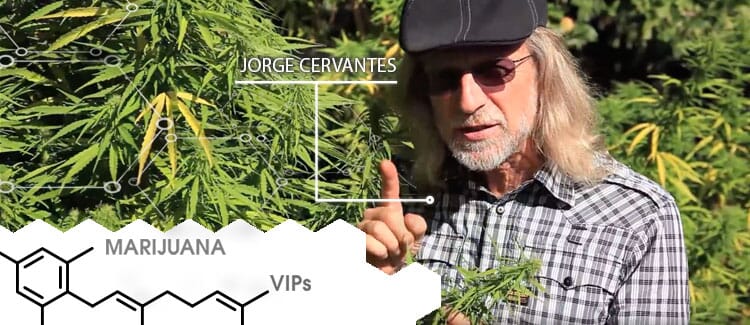

GEORGE VAN PATTEN (ALSO KNOWN AS “JORGE CERVANTES”)
Since 1983, George Van Patten (writing under the pseudonym Jorge Cervantes) has sold over a million books on cannabis cultivation, providing solid information and detailed instructions to countless growers worldwide. He’s a man who clearly loves marijuana and those who grow it.
“Why have one of those regular, hated jobs when you can grow this wonderful plant that you love?” Jorge Cervantes
In fact, the first version of Jorge Cervantes’ “growing bible” had its roots in his own carefully compiled field notes, based on his many years as a cultivator in Mexico and Southern California. After photocopying those detailed notes and sharing them many, many times with other growers, he finally printed a small batch of self-published books to save himself the hassle of making copies, and found he had a perennial bestseller on his hands.
“I got into this because I find it exciting to grow cannabis, and just didn’t fit in doing anything else.” (Jorge Cervantes)
Though marijuana cultivation has shifted to large, professionally operated production facilities, Van Patten continues to focus on those growing in a backyard, basement, or small plot, whether because they want to grow their own medicine, make ends meet, pay the mortgage, or put their kids through school. At cannabis conferences and festivals worldwide, growers line up to thank him for his assistance.
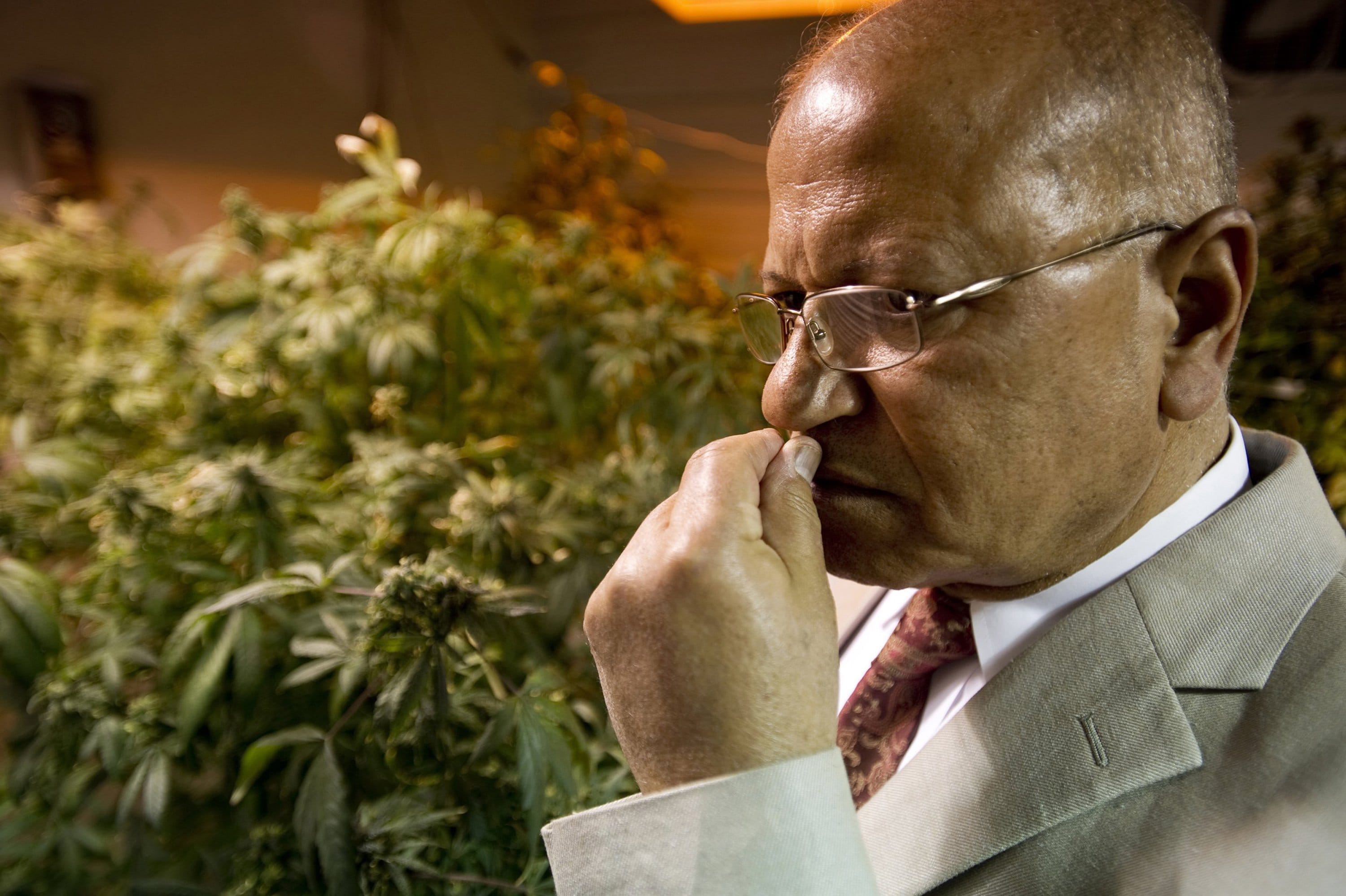

DR. MAHMOUD ELSOHLY
The only place in the United States that has ever received federal DEA license to cultivate cannabis is a 5-acre farm and indoor cultivation facility at the University of Mississippi. Established in 1968 and overseen since its inception by the National Institute on Drug Abuse (NIDA), the farm supplies marijuana to federally approved research studies. An outdoor growing season yields over 500 kg of plant material, while an indoor season yields around 10 kg.
In the past, NIDA had been known to reject any study seeking to explore the potential medicinal benefits of the plant while fully supporting poorly designed studies seeking to exaggerate its harms. Researchers fought unsuccessfully against the DEA for decades in hopes of ending this NIDA blockade.
When asked what changed most during his time as the sole fully legal cultivator in the United States, Dr. ElSohly said, essentially, that he had to up his game along with everyone else.
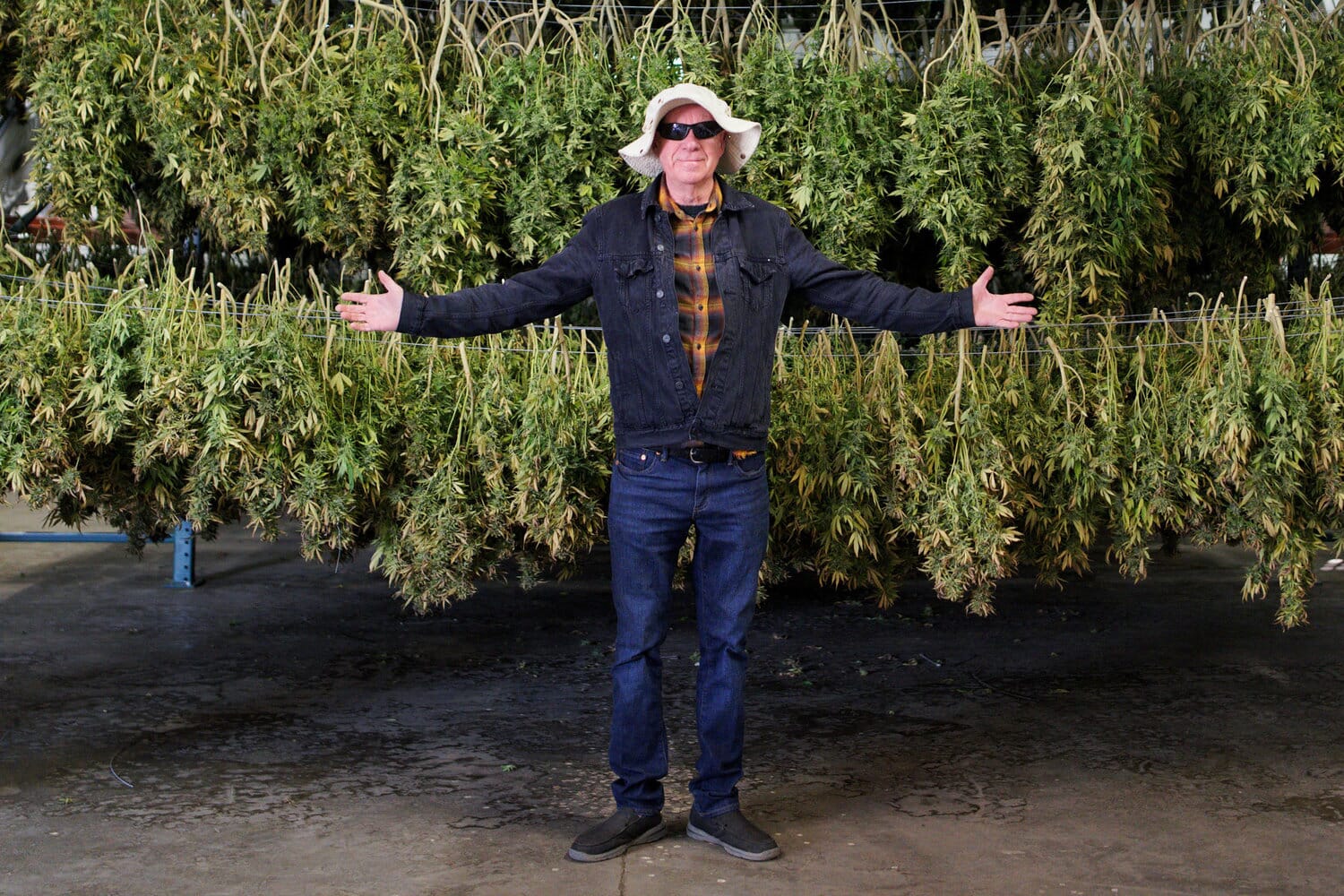

ED ROSENTHAL
Since its first issue in 1974, High Times magazine featured Ed Rosenthal on cannabis cultivation, with a special focus on the growing number of people choosing to grow their own for the first time. Instantly, his advice column—”Ask Ed: Your Marijuana Questions Answered”—made him one of the few recognized experts on a topic that would remain in the magazine for the next forty years.
The column still runs today, and Rosenthal founded Quick Trading Publishing to publish his own books and the works of an impressive list of fellow authors and cannabis researchers. He has also been a tireless advocate and activist for the causes of medical marijuana and legalization.
In 1999, Rosenthal’s adoptive home in Oakland, California, named him “Officer of the City” and tasked him with growing cannabis to supply local patients. Three years later, the federal government destroyed his crop and arrested him.
According to a New York Times report on the case, Rosenthal faced a possible sentence of “100 years in prison and a $4.5 million fine,” but federal judge Charles Breyer sentenced him to just one day in prison. Rosenthal appealed anyway, and in 2006, the Ninth Circuit Court of Appeals overturned his criminal conviction.
“The next time you hear someone talk about how entrepreneurs, politicians, or investors are leading the charge for legalization, remember that none of this would be possible without the civil disobedience campaign.” (Ed Rosenthal)
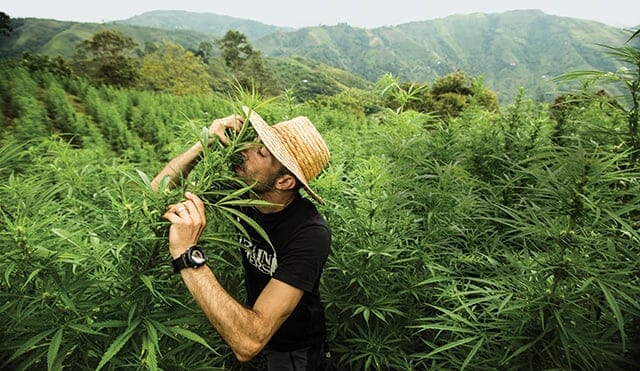

PROFESSOR AFGHANI
If it weren’t for cannabis prohibition, the idea of growing marijuana indoors probably would have never occurred to anyone. Why spend time and money to recreate the plant’s natural environment if you’re not trying to avoid detection? Or, put another way, have you ever heard of winemakers growing grapes indoors or breweries growing hops indoors?
Without clear models to follow, the first generations of indoor growers not only had to adapt to life without sun (or wind or rain) but had to invent ways to replace them through trial and error. The early indoor growing systems reflected this pioneering spirit of DIY, with plants in the ground, hand-watered, and under makeshift lights. The cannabis grown from such setups was notoriously sparse and uninspiring.
The shift to more sophisticated hydroponic systems in the 1970s was a game-changer for self-cultivation, but with the history of soil-less agriculture dating back to the famous Hanging Gardens of Babylon, and many of the modern advances in the field made by NASA scientists, it’s hard to find a cannabis grower to give this medal to. So fast forward to 1996, and the publication in High Times of a historic article called “The Million Dollar Growroom.”
“In this well-ordered garden, row after row of cuttings were planted in buckets on trays containing a nutrient solution, which dripped down to reservoirs,” reports Danny Danko, current cultivation editor of the magazine. “This wasn’t a closet with a couple of buckets, but a laboratory setup capable of real production. The direct article from Professor Afghani is a step-by-step review of the basics—from initial mother plants and rooting clones to watering the flowering room and ventilation and CO2 enrichment to harvest more than a million dollars in one year.”
Professor Afghani never revealed his true identity, not even to his editors, but he passionately cared about sharing his wisdom on cannabis cultivation with the world. By taking indoor growth to a new level of sophistication and efficiency, he undoubtedly changed the game.



















